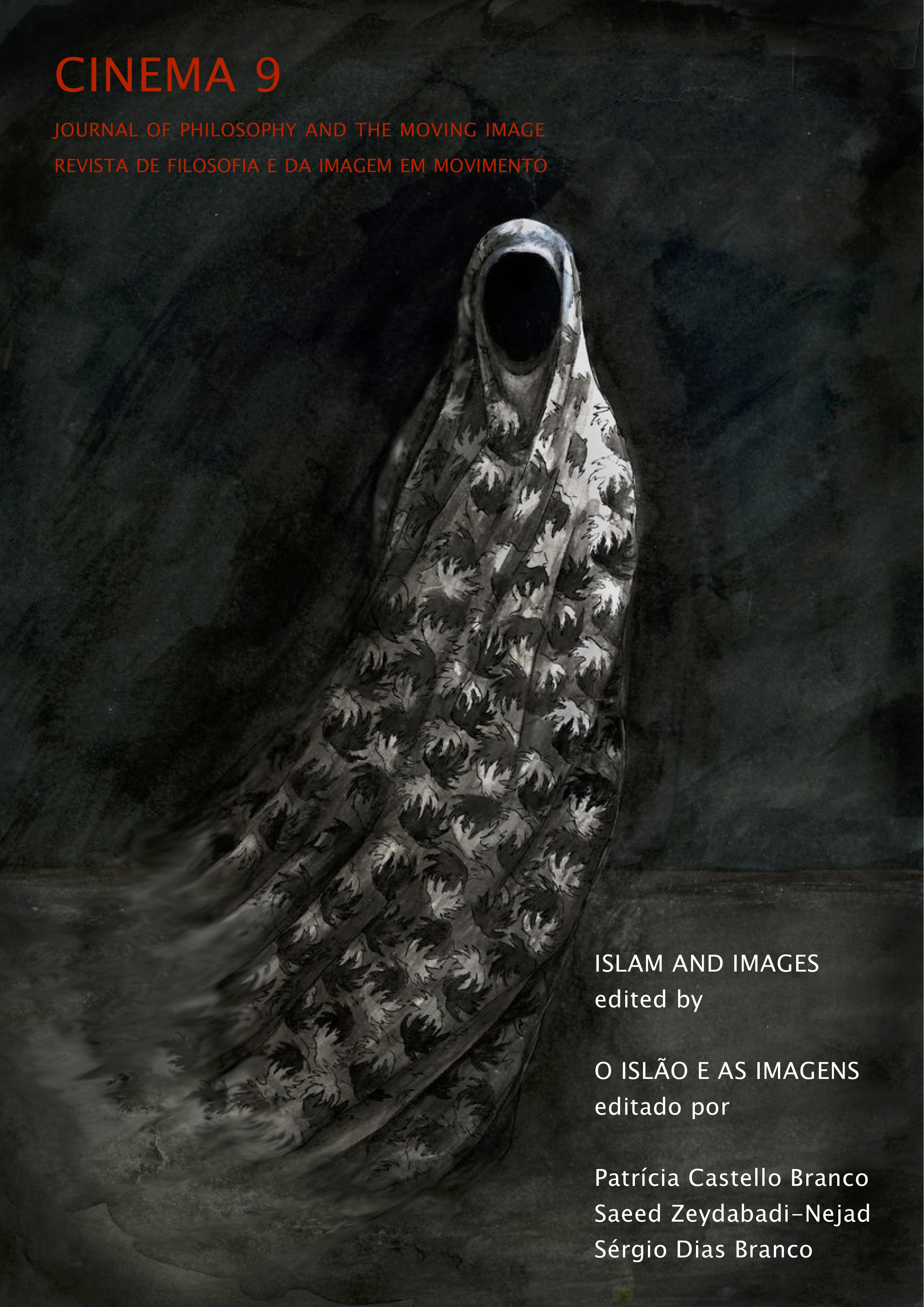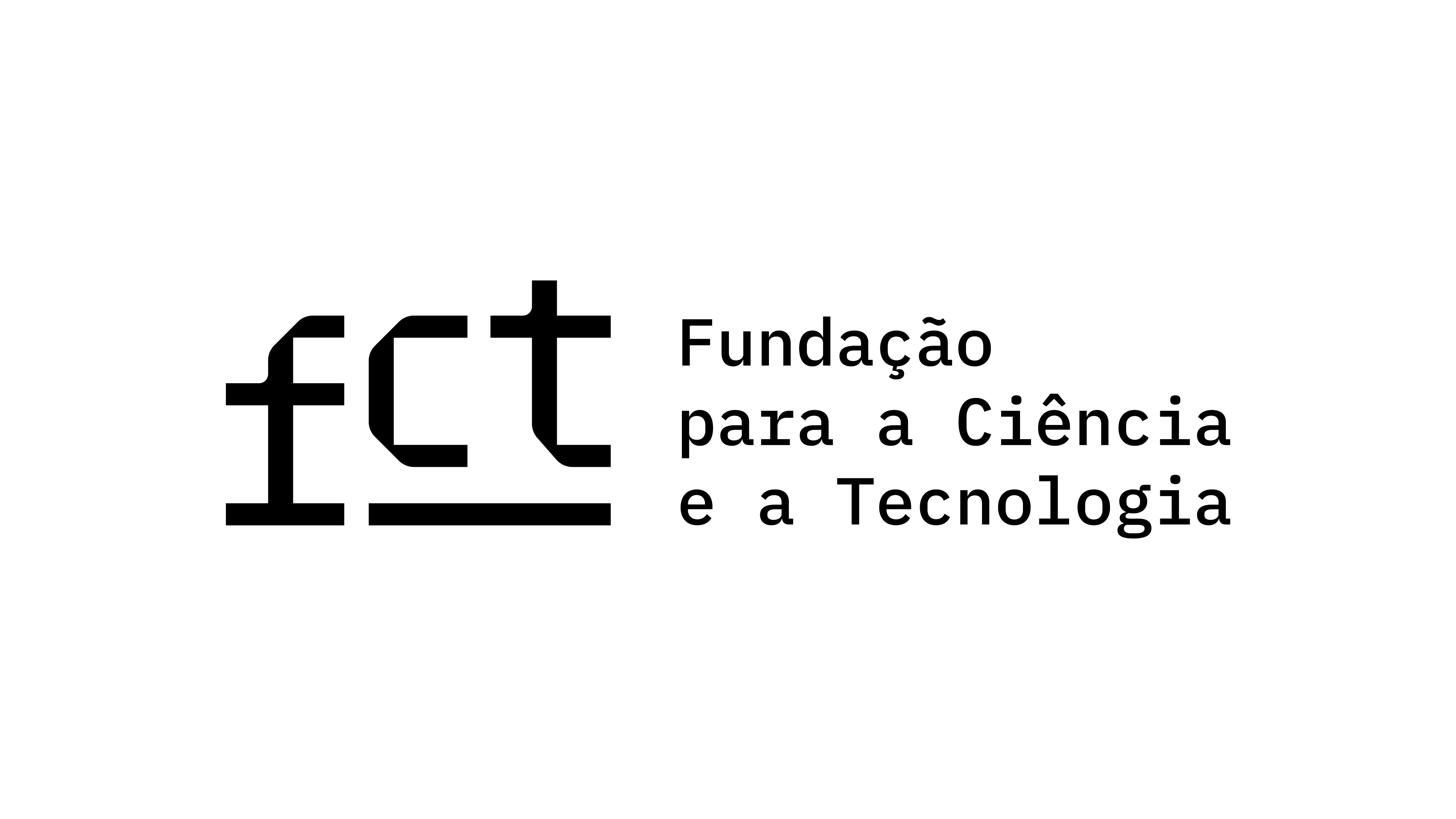The Foil and the Quicksand: The Image of the “Veil” and the Failure of Abjection in Iranian Diasporic Horror
Keywords:
Abjection, Islam, Psychoanalysis, Julia KristevaAbstract
The present study attempts to explore the dynamics between the image of the “Veil” and the “fear” in contemporary Iranian diasporic “horror”: for example, Babak Anvari’s Under the Shadow (2016) and Ana Lily Amirpour’s A Girl Walks Home Alone at Night (2014). With references to Julia Kristeva’s idea of the abject through which objects of horror can be evicted, Freud’s concept of der unheimlich (uncanny) and the exploration of the modern weird, the paper would look into the proliferation of the recurrent image of Chador, a stiff moving triangular stretch of dark fabric or yards of floating floral, as a threat to the figures within the screen, but something that cannot essentially be cast away as the “other,” as it appears right on sync with the backdrop offered within the celluloid canvas. The characters cannot purge themselves of the image, as it willy-nilly becomes a part of their essence.
These cinematic depictions of the veil defy the ongoing controversy of whether it is an empowering choice for women or a symbol of domestic and societal oppression (Kensiger and Abu-Lughod amongst many), as it acts as either a foil to the terror of the disconcerting nonchalance amongst the urban populace or a complement to it. It is just “there” — an unisolatable part of the panorama. The image becomes nigh impossible to be singled out as the essential object of uncanny, which, can be efficiently isolated and then evicted from the “self” to sustain its health.
The two films in question challenge the time honored understanding of the “uncanny” or the “un-home-like” sensation of horror, as the object of fear ceases to be an abjection that can be cast out from the self. As an incongruent female figure skateboards her way through the dark alleys in a chador, the object of fear shifts from the “vampire in veil” to the ennui and isolation of “Bad City.” The vampiric spreading of the burqa loses its element of terror as The Girl looks almost benign as she bares her fangs to prey upon the bad as laconic citizens amble past a ravine full of decomposing bodies. Conversely, Anvari’s Under the Shadow essentially functions around the suffocation of a stay at home mother Sihideh with her recurrent nightmare of a demonic presence draped in yards of chadari in a derelict bombed out building during the Gulf War. The jump scares are intensely built up through flashes of a floral print chador which in turn throttles Shideh, scares off her neighbors, confuses her daughter, disembowels her CDs and absconds with her treasured book of medicine. The all pervasive yards of the “unreal” presence complement the reality of what Barbara Creed calls the eternal conflict between the maternal authority in the personal space of a female figure and the paternal laws which conditions the taboos and fears of the space.





